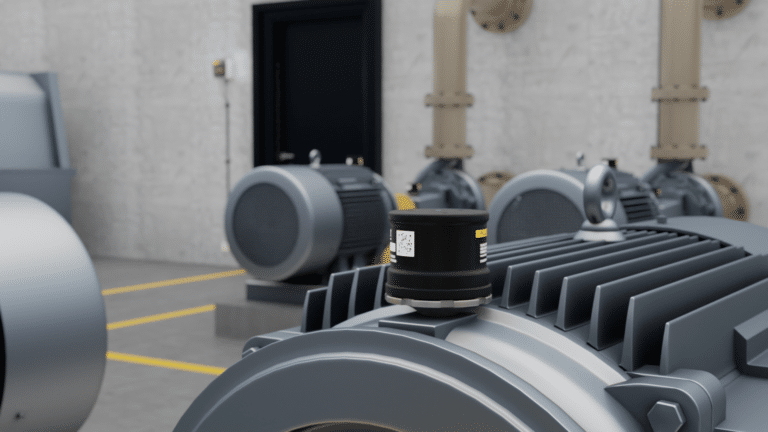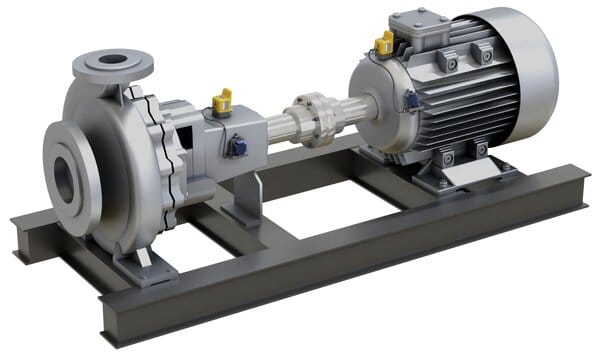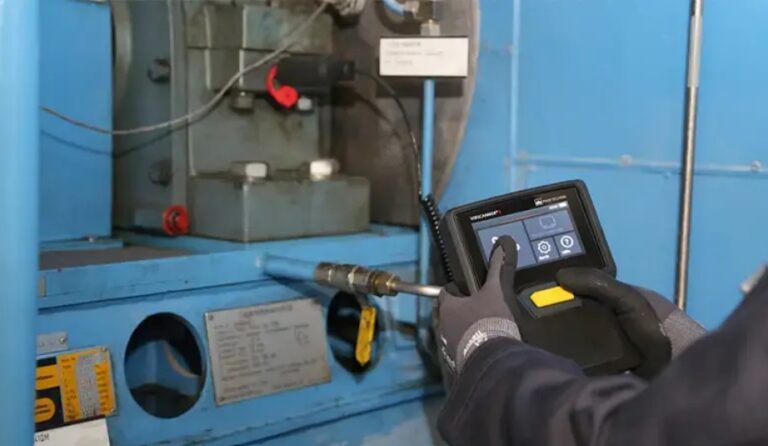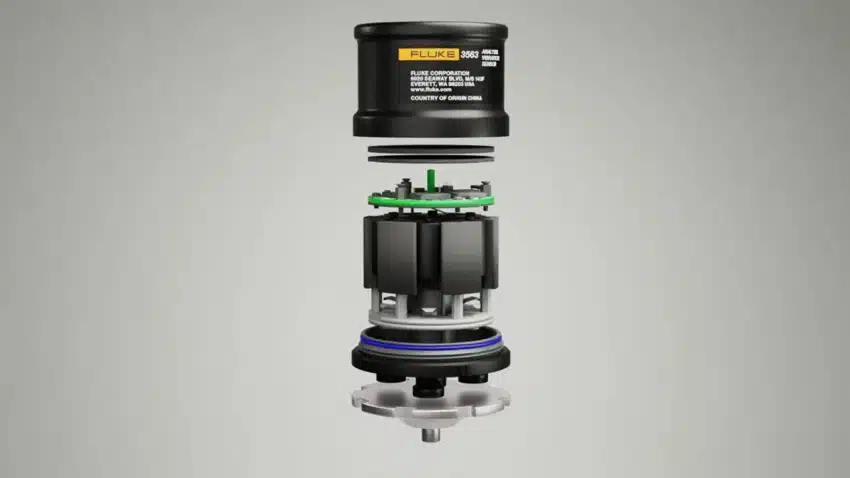
Thousands of modern electronics manufacturers turn to piezo technology in their products every day, from cell phones to musical greeting cards, and vibration sensors. And while piezoelectric devices have been widely used for many years, the infusion of Industrial Internet of Things (IIoT) capabilities has also made the piezo sensor a powerful tool that maintenance teams can use for condition monitoring.
A piezo sensor sits on a machine and measures things like vibration, pressure, acceleration, or temperature. With one of these condition monitoring sensors installed, maintenance teams can catch machine faults and run data analysis.
What is Piezoelectricity?
Piezo sensors work using a principle in physics called the piezoelectric effect. The term piezoelectric comes from the Greek word “piezein,” which means to squeeze or press, and piezo, Greek for “push.” Piezoelectricity, also called the piezo effect, can be simply understood through a flame igniter used to start a fire in a gas or charcoal grill.
When you pull the trigger and hear the hard snap, that sound is created by a spring-loaded hammer hitting a quartz crystal or artificial piezoelectric material. The pressure on the crystal generates an electrical charge, causing a spark that ignites the gas, creating the flame.
How a Piezo Sensor Works
A piezo sensor produces the same piezo effect as the flame igniter, but instead, the electrical signal is processed by a data acquisition system. For example, the Fluke 3563 Analysis Vibration Sensor feeds data into LIVE-Asset Portal, a command center of sorts for condition monitoring.
In general, a piezo sensor uses the piezoelectric effect to measure things like vibration, pressure, acceleration, temperature, strain, or force changes by converting them into an electrical charge.
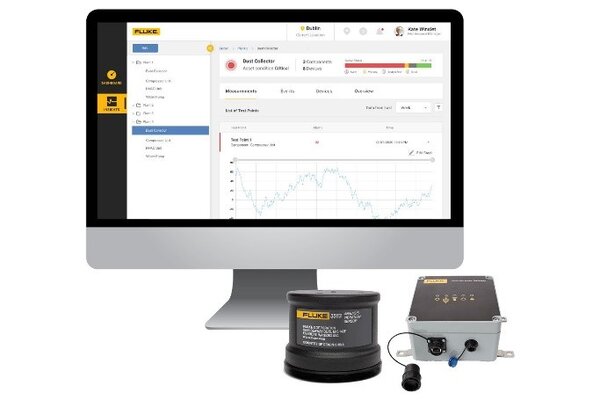
The Fluke 3563 vibration sensor combines a high-frequency piezo sensor and insightful software analytics to let maintenance teams use vibration monitoring on production-critical assets and continuously analyze vibration measurements.
The Fluke 3563 piezo sensor’s hammer/exciter is replaced by vibration waveforms, which can be separated, measured, and analyzed. All machines vibrate and have a particular vibration signature that stays constant until there’s a problem. Vibration analysis is used to monitor machine vibration levels and examine the patterns in the signals to catch issues early.
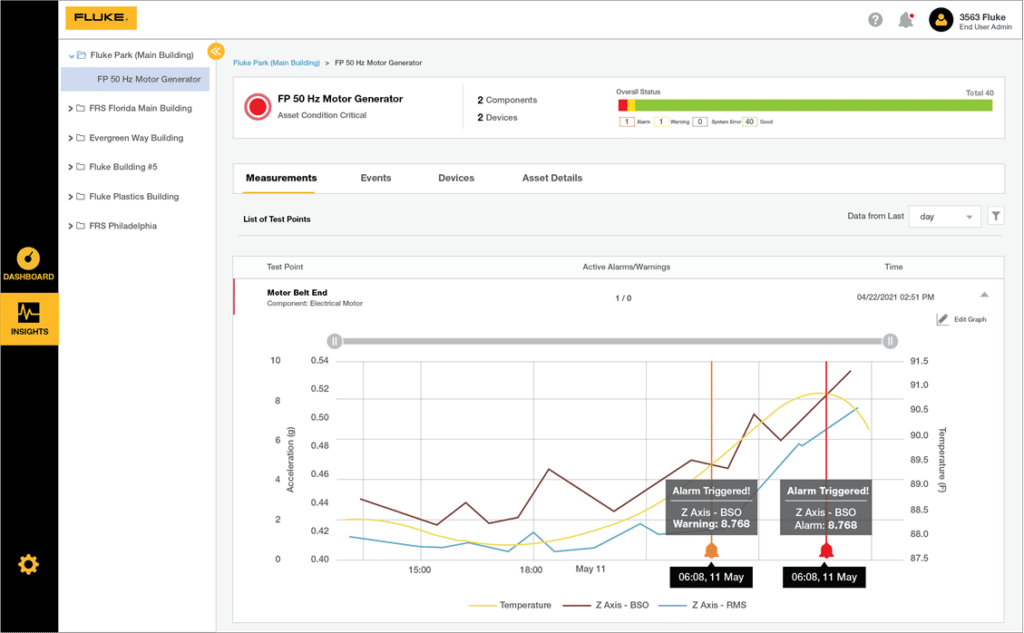
The Fluke 3563 vibration sensor collects data and helps maintenance teams detect machine faults based on vibration analysis, including the four big machine faults, which are imbalance, misalignment, looseness, and bearing damage. This early warning lets maintenance teams identify and assess the severity of faults and act quickly to avoid machine failure and downtime.
In a nutshell, the Fluke 3563 Analysis Vibration Sensor:
- Condition monitors machinery constantly at fixed intervals
- Identifies a particular fault and the element causing the fault
- Determines the extent of machine faults
- Enables data analysis and suggested next steps
Which Industries use Piezo Vibration Sensors?
There are a number of different types of vibration sensors. However, many industries employ piezoelectric vibration sensors, including aerospace, medical device, automotive, and food and beverage operations. Here are some examples of how different sectors apply piezoelectric sensors.
Vibration Sensors for Manufacturing
Product manufacturers depend on their machinery to stay up and running to produce quality products. Piezo sensors measure vibration caused by common machinery problems like imbalance or bearing fault. If these problems persist, they can ultimately result in a product defect. With early fault detection using a continuous vibration monitoring sensor system, it’s possible to avoid product defects.
Vibration Sensors for Food and Beverage
Machinery used to process foods must be sanitized often to avoid microbial contamination and ensure food safety. Piezo sensors are rugged and resistant to the corrosion caused by the repeated use of chemical products necessary to clean machines.
Vibration Sensors for Aerospace
Some companies make piezo sensors that can be embedded into aircraft wings to detect vibration changes and possible wing material damage early, even as the fault is happening. The difference in vibration caused by the change in the wing triggers an email notification sent to a maintenance professional, enabling them to make data-driven decisions and immediately address safety concerns and wing issues.
Vibration Sensors in Medical Devices
The sensitivity and low power consumption of piezo sensors proved useful for various companies employing them in medical applications. For example, some companies use a piezo vibration sensor in a pacemaker to monitor and detect the level of physical activity a person exerts, enabling the pacemaker to adjust to an increase or decrease in movement.
Vibration Sensors in Cars
Vehicles are loaded with sensors, including a variety of piezoelectric sensors. One example of their use is detecting electric window and door obstructions, such as a hand in the way of a closing window. The sensor can recognize the stress on the automatic motor that the hand causes, and it will reverse the window action avoiding personal harm or injury.
DIY Piezo Vibration Sensor
These days, piezo sensors aren’t just for professionals, either. It’s possible to create do-it-yourself (DIY) piezo sensor projects using open-source electronics platforms. For example, many students and tinkerers make Arduino vibration sensors. Another fun source for vibration sensor projects is Raspberry Pi, a foundation that supplies young people with inexpensive computers and free software. The equipment helps them build things that use the piezoelectric effect, such as an earthquake warning seismometer, squirrel detector, or LEGO piano.
The Benefits of Piezo Sensors in Maintenance
In the maintenance world, piezoelectric condition monitoring sensors are one of the most widely-used types of devices because of their inherent resilience and versatility, including the ability to operate in harsh environments.
Continuous condition monitoring of an asset’s health lets maintenance teams reduce manual readings with handheld vibration measurement instruments. Also, technicians can access vibration measurement data remotely from wherever they are using a mobile device.
Catching machine issues early on helps maintenance teams prevent unplanned downtime and increase uptime. Condition monitoring sensors also enable maintenance managers to plan and schedule maintenance activities more accurately, ensure spare parts availability, improve productivity, and extend machine lifetime.
How does a Piezo Sensor Increase Safety?
The size of the Fluke 3563 piezo vibration sensor is small, so it can be placed on industrial machinery in hard-to-reach places. Technicians can receive data remotely from the Wi-Fi vibration sensor, reducing trips to check on equipment and keeping them clear of hazardous environments. This gives them more time to concentrate on other important asset maintenance work.
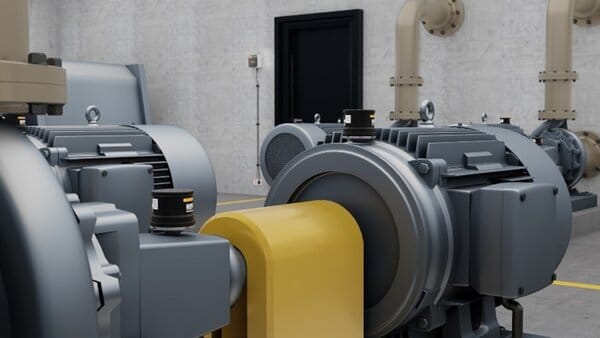
Piezo Sensor for Vibration Monitoring
The Fluke 3563 Analysis Vibration Sensor is one of many Fluke Reliability wireless vibration monitoring tools. The sensor set-up is quick. It takes just minutes to enter equipment information and start receiving real-time vibration data.
The Fluke 3563 sensor streams data into LIVE-Asset™ Portal. The asset management software provides trending graphs and insightful views of all your machines on a single dashboard. With rich vibration measurements, your team can make data-based decisions.
Ready to ignite a condition monitoring program? Speak to a specialist.




